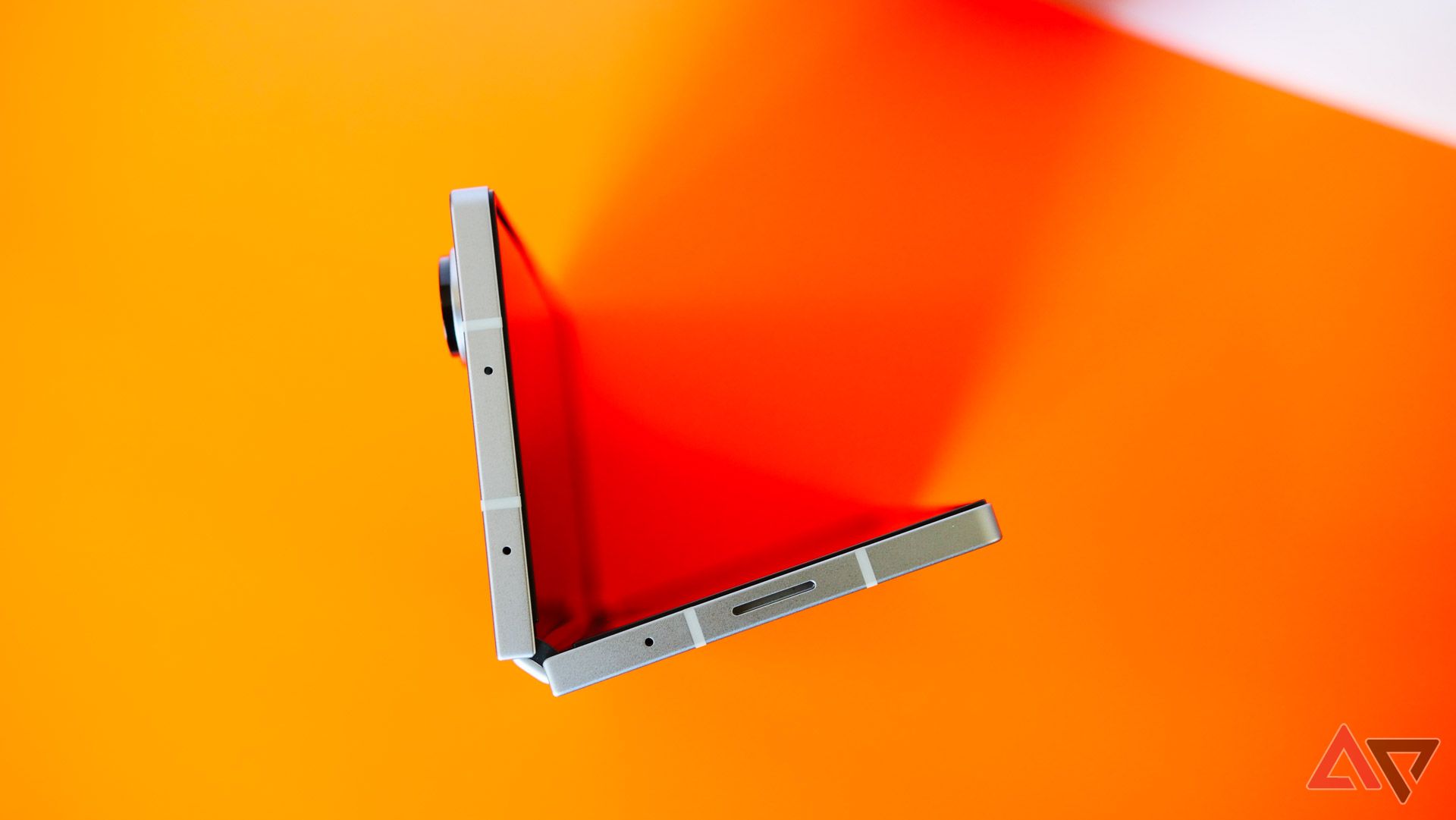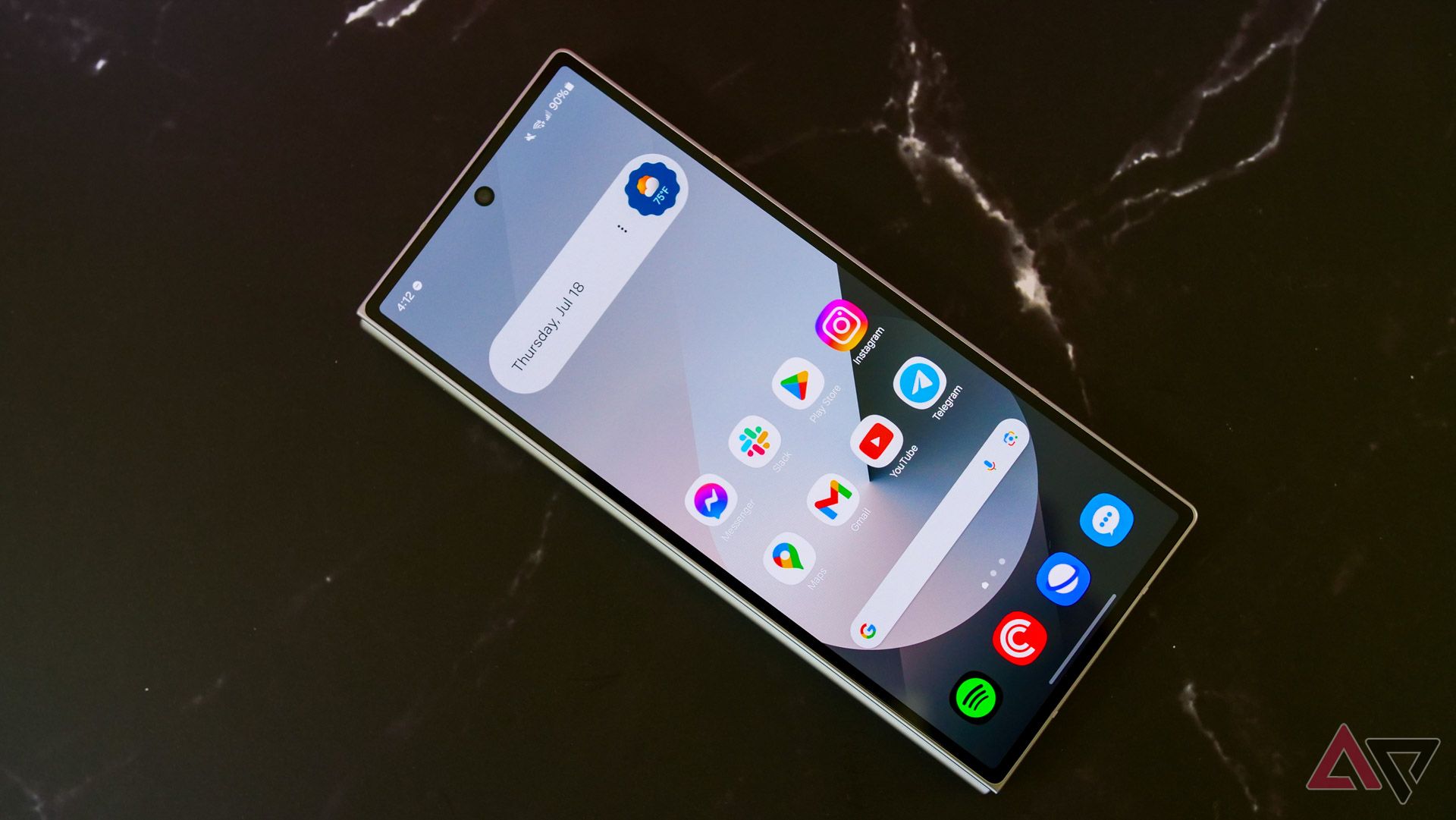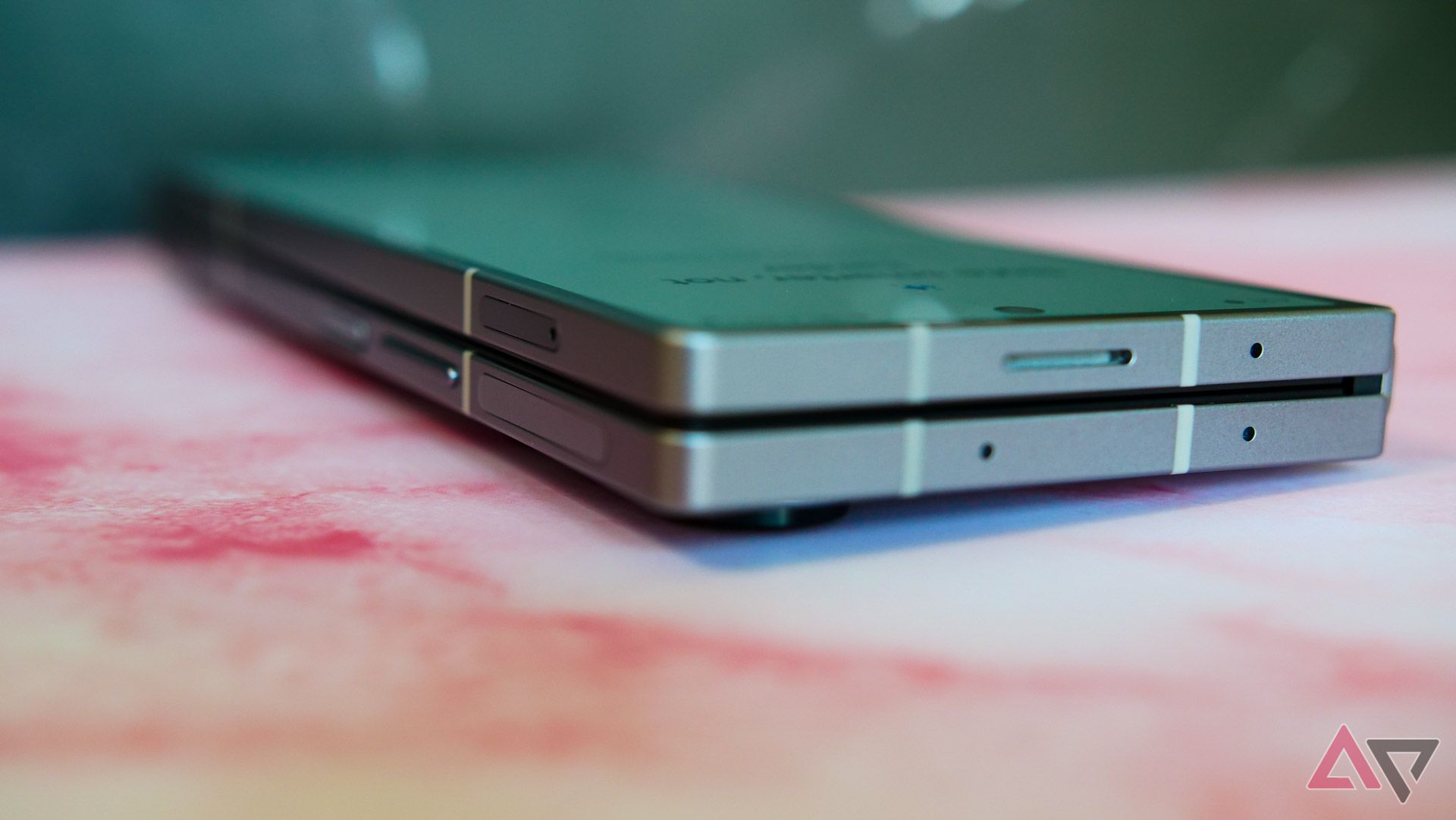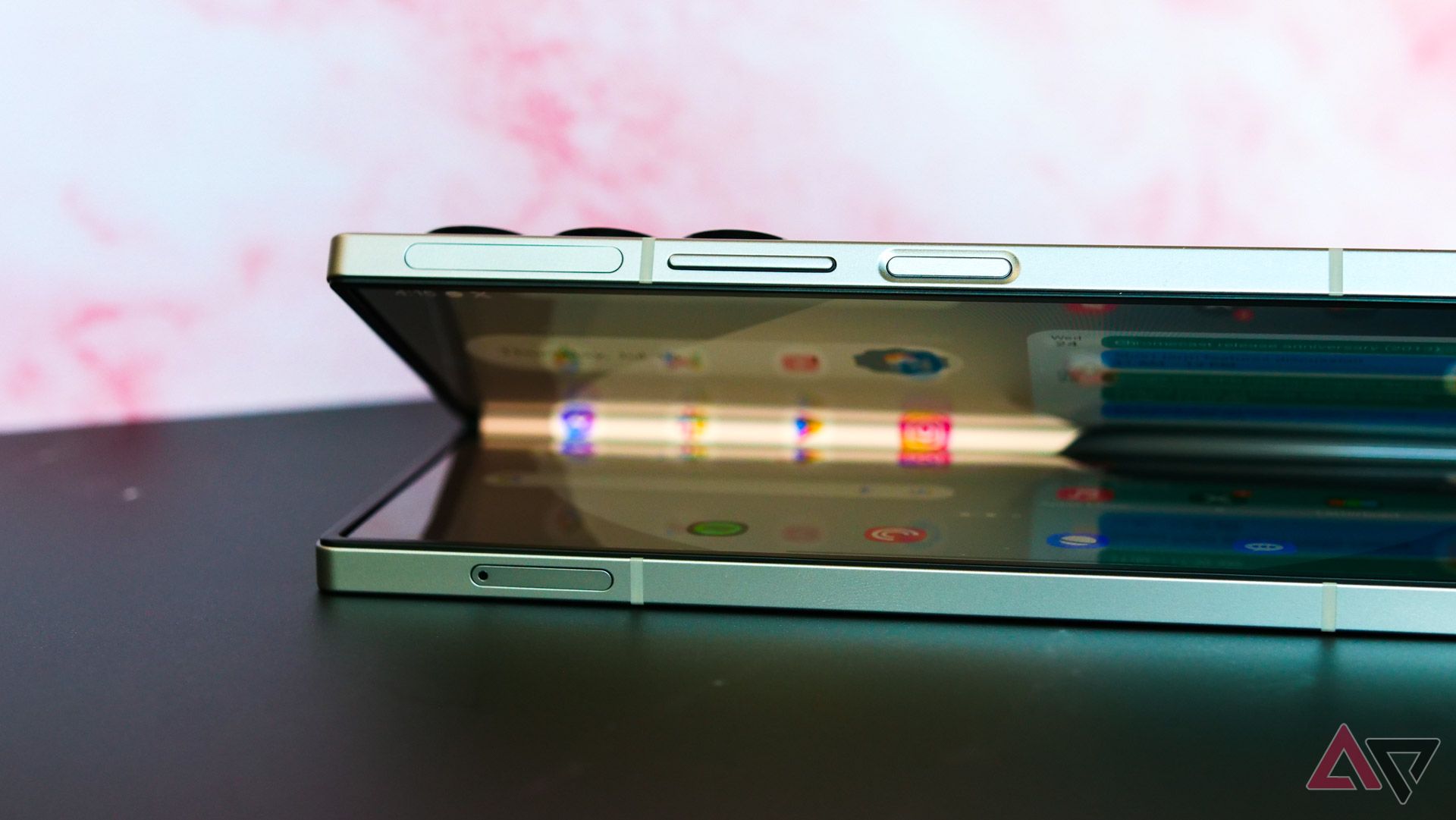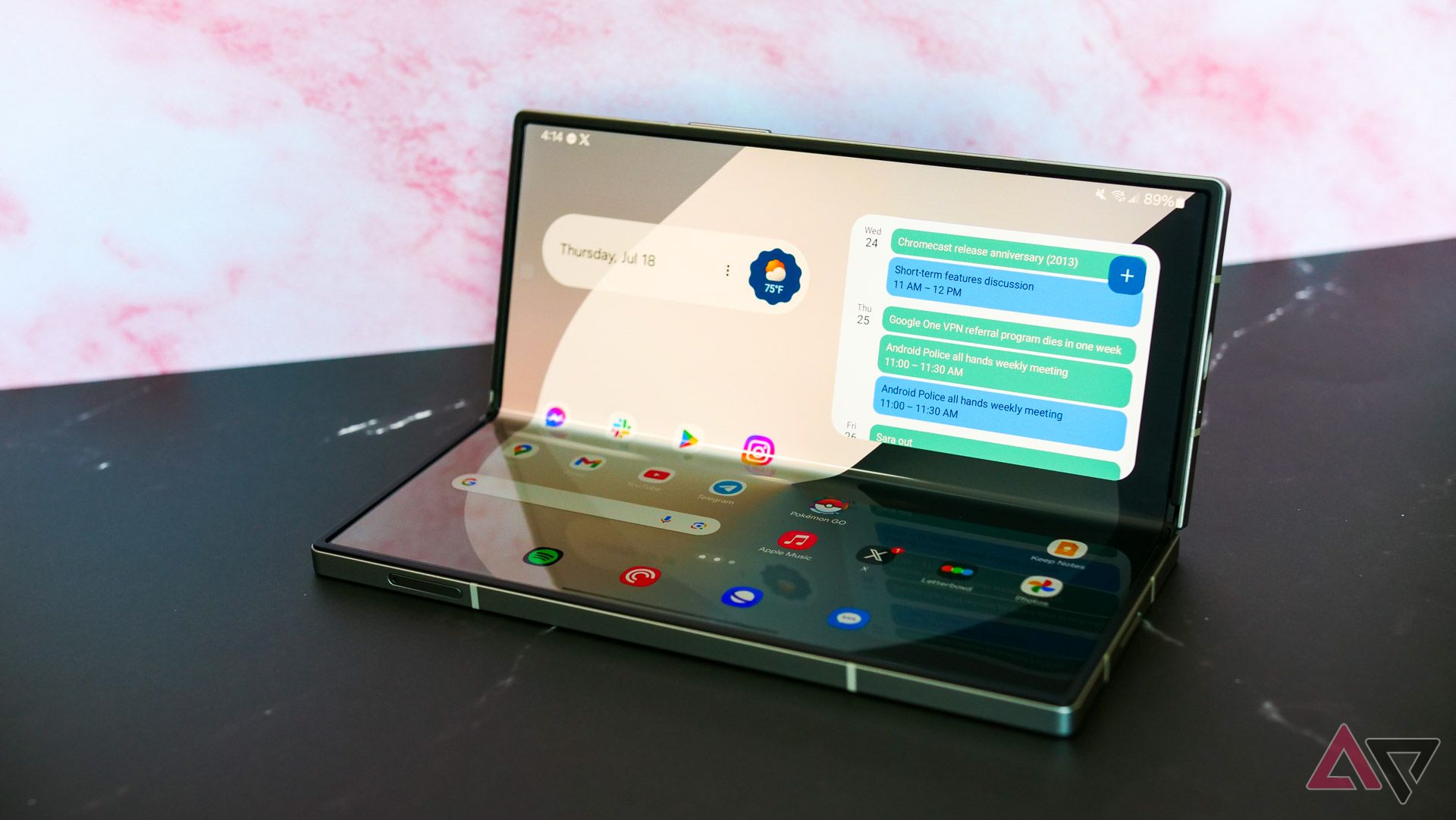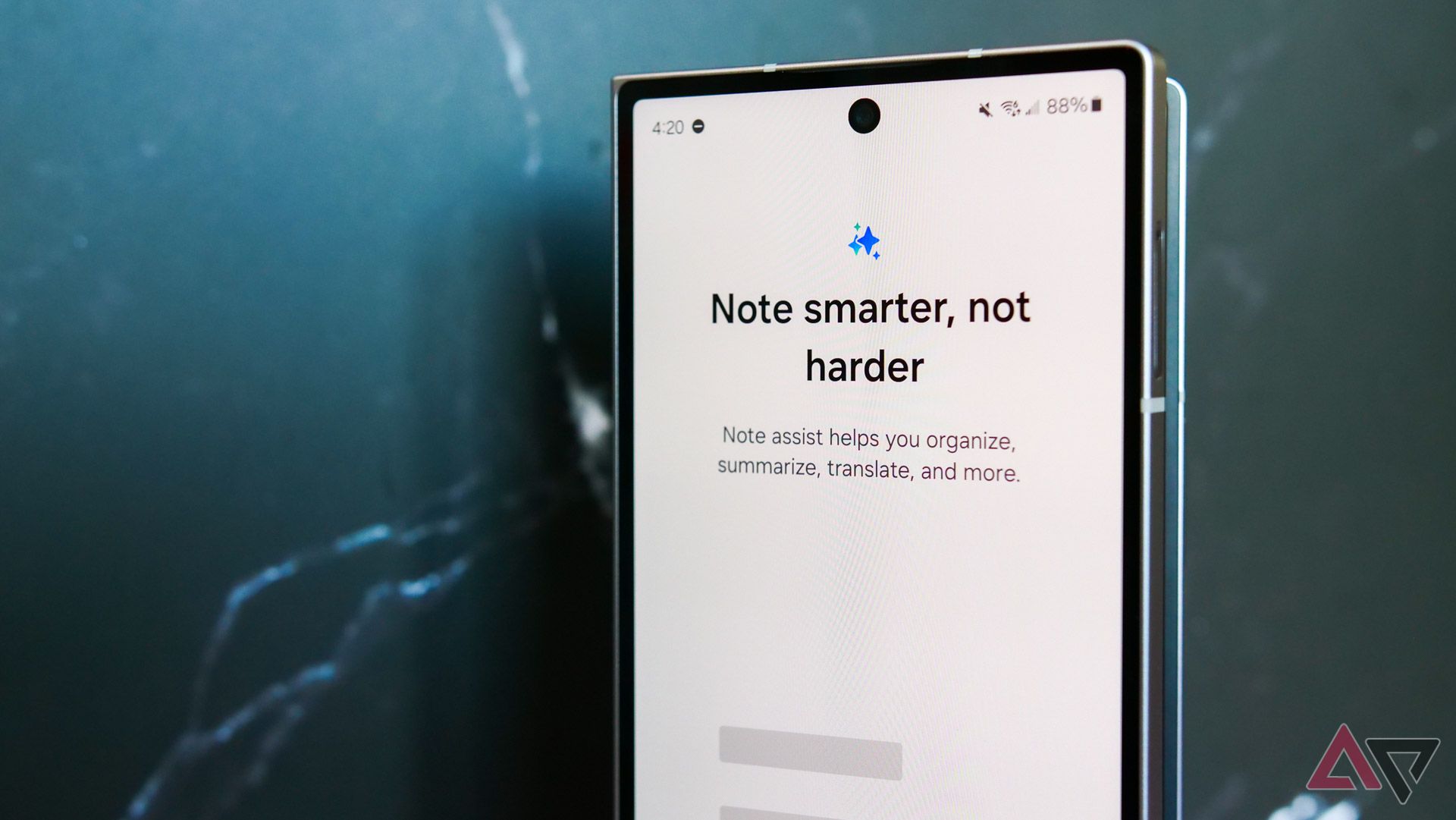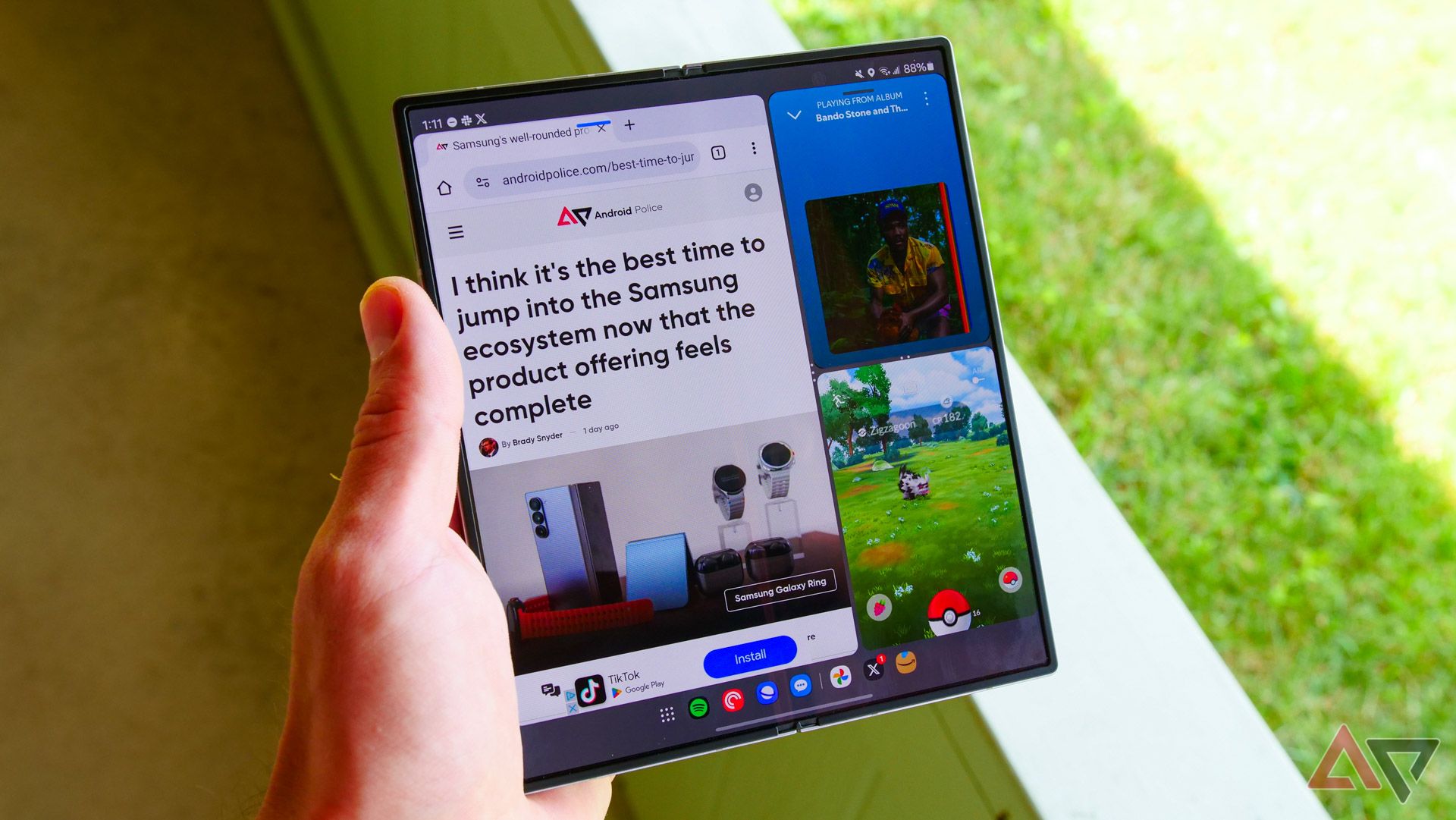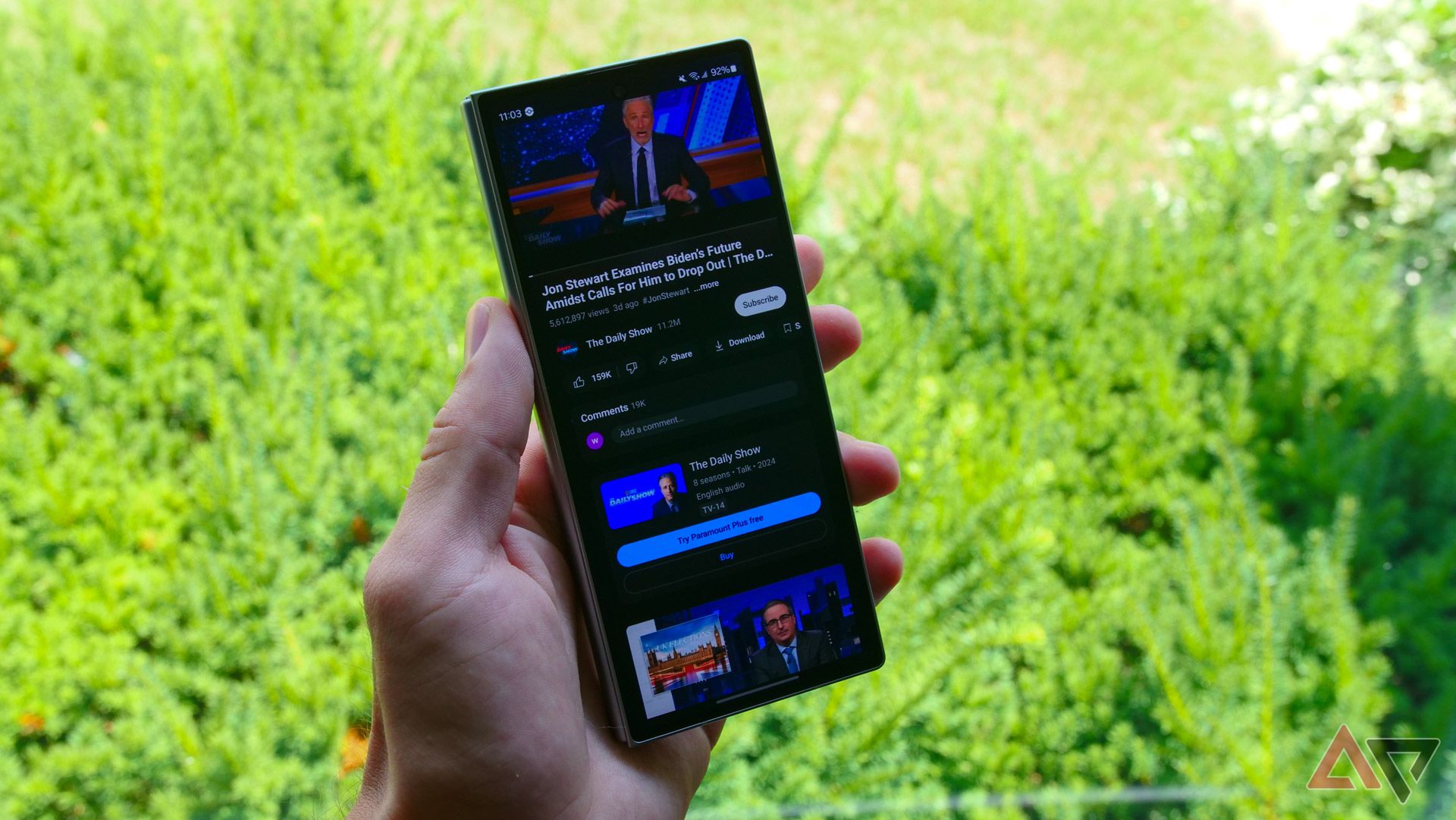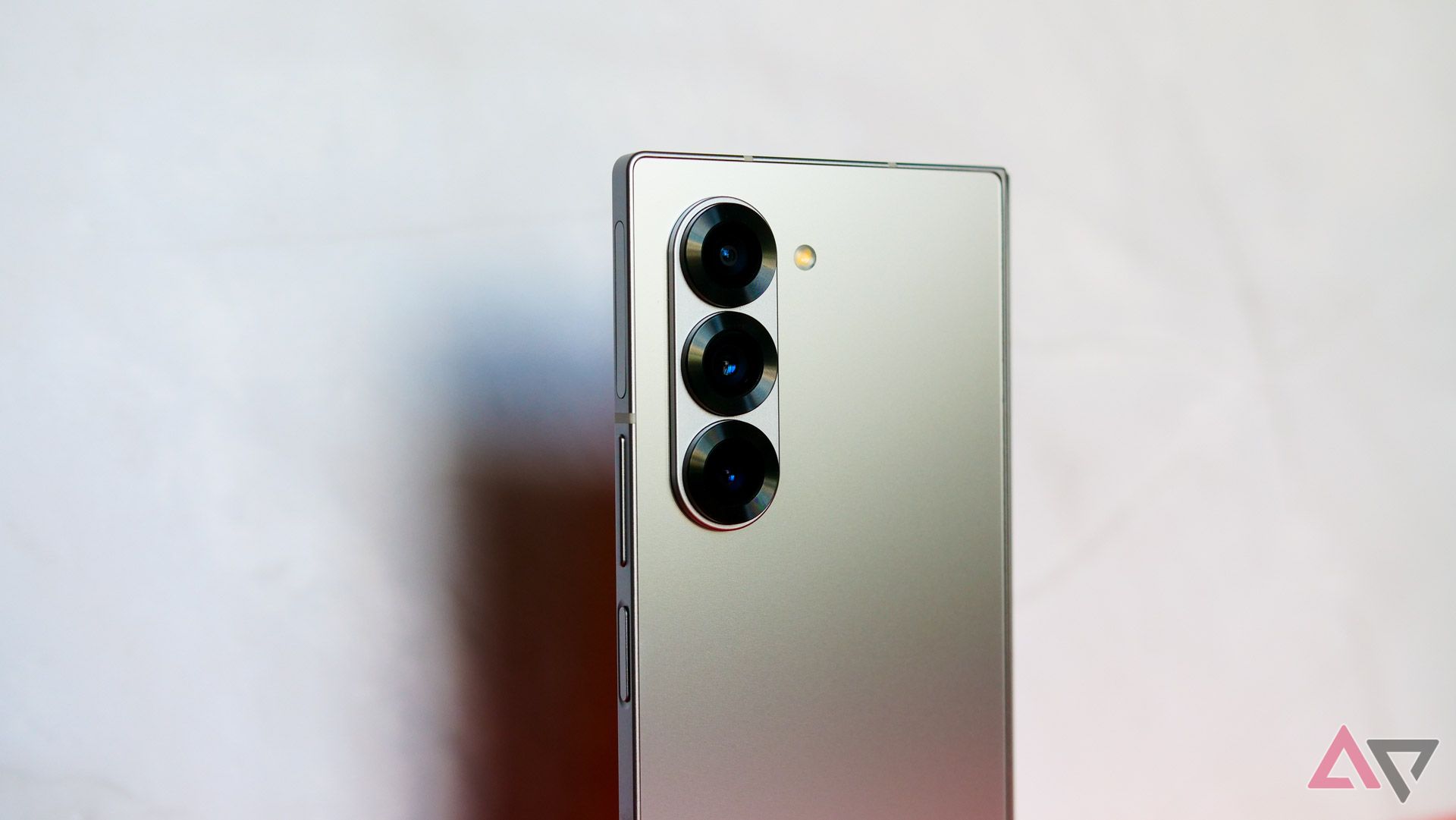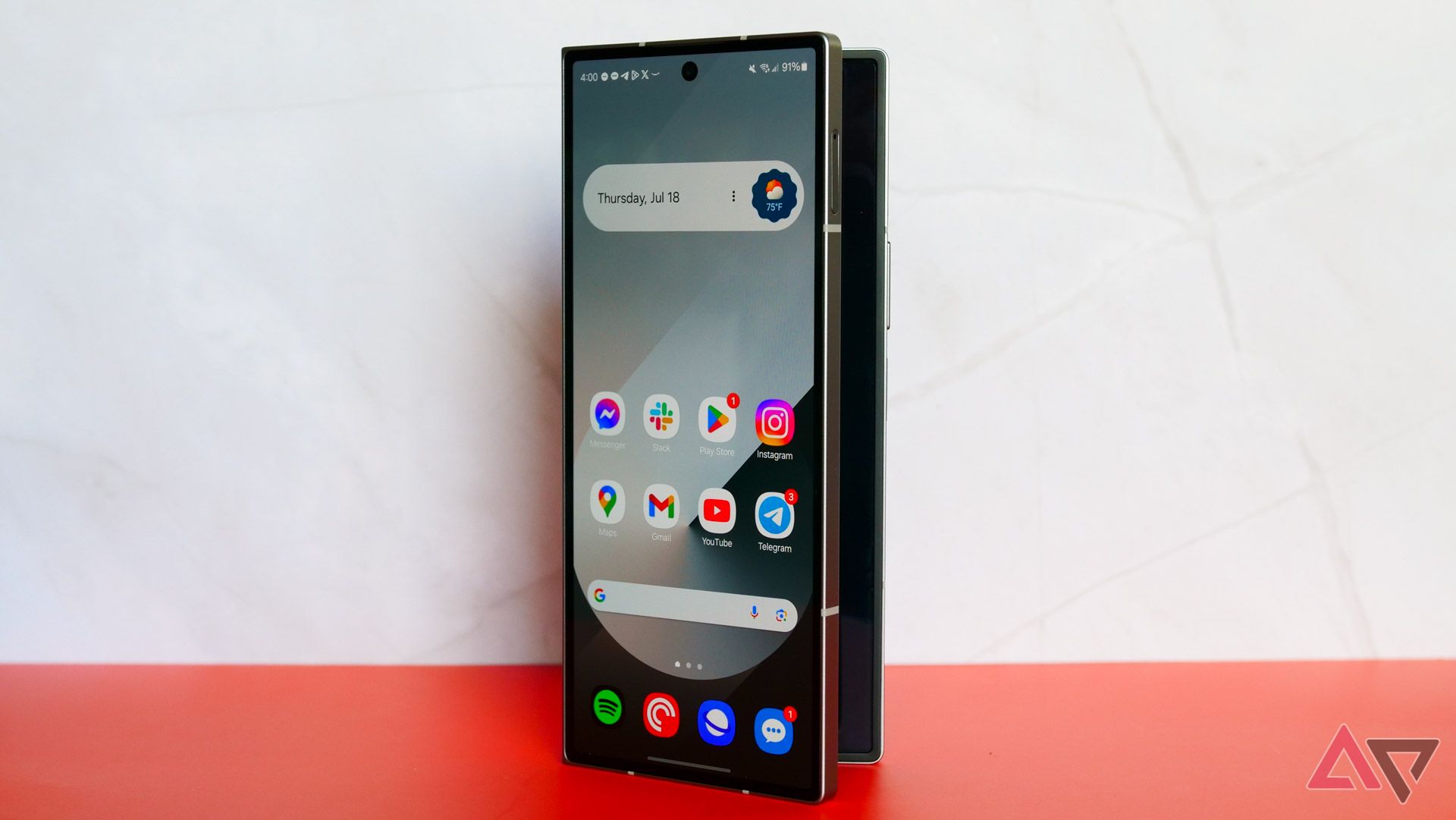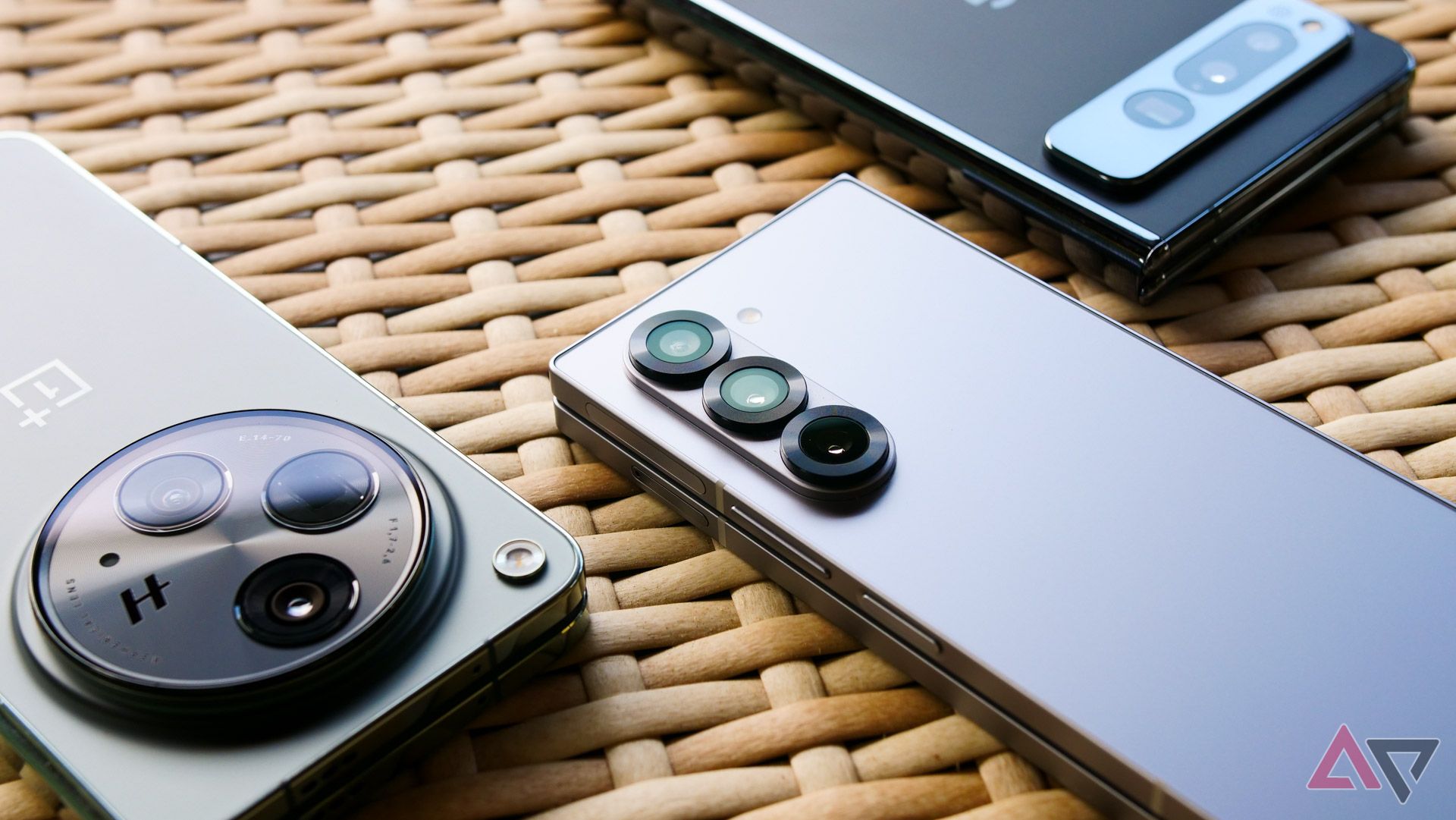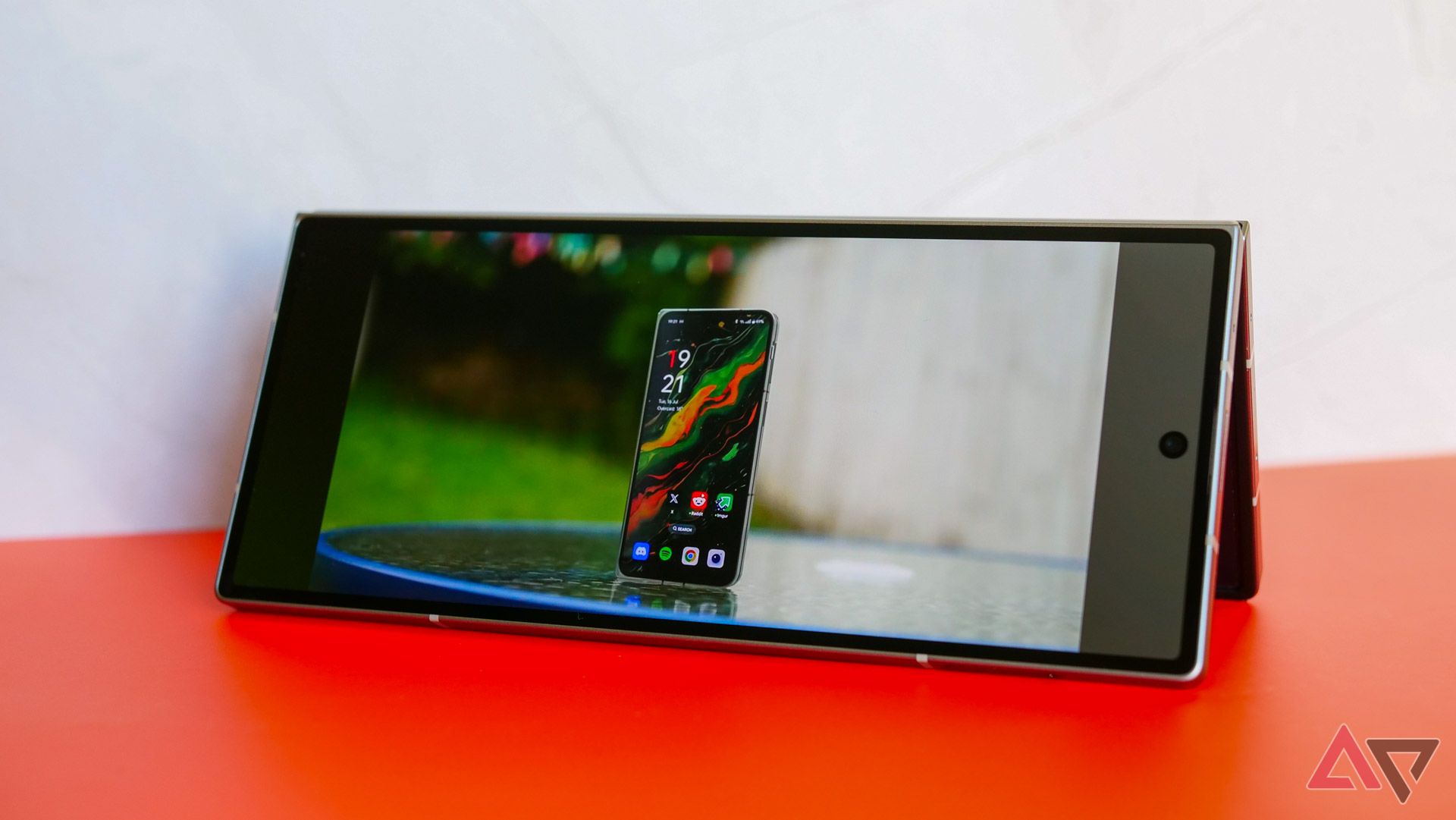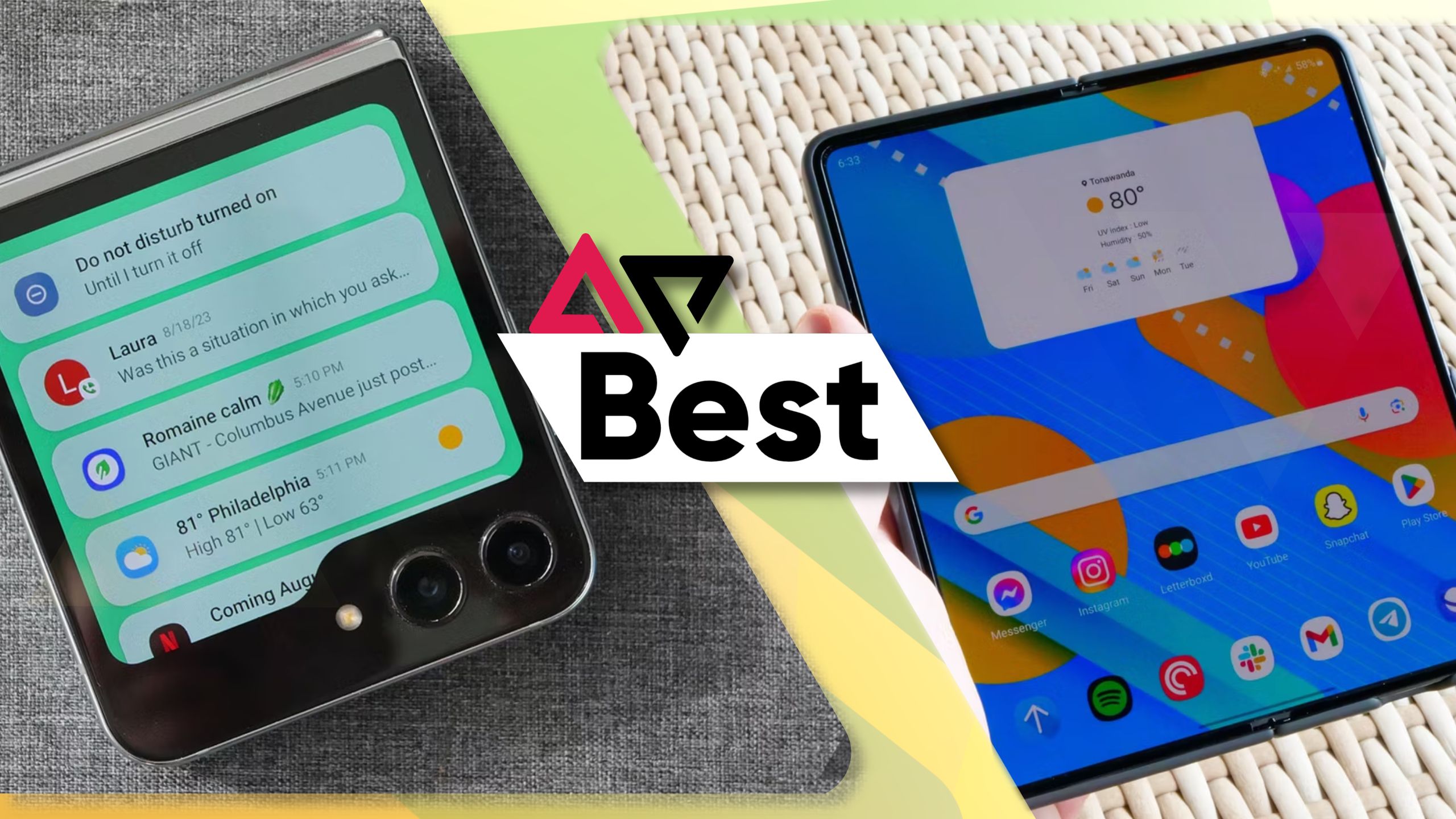Tech
The Galaxy Z Fold 6 has cost Samsung its head start in the foldable race
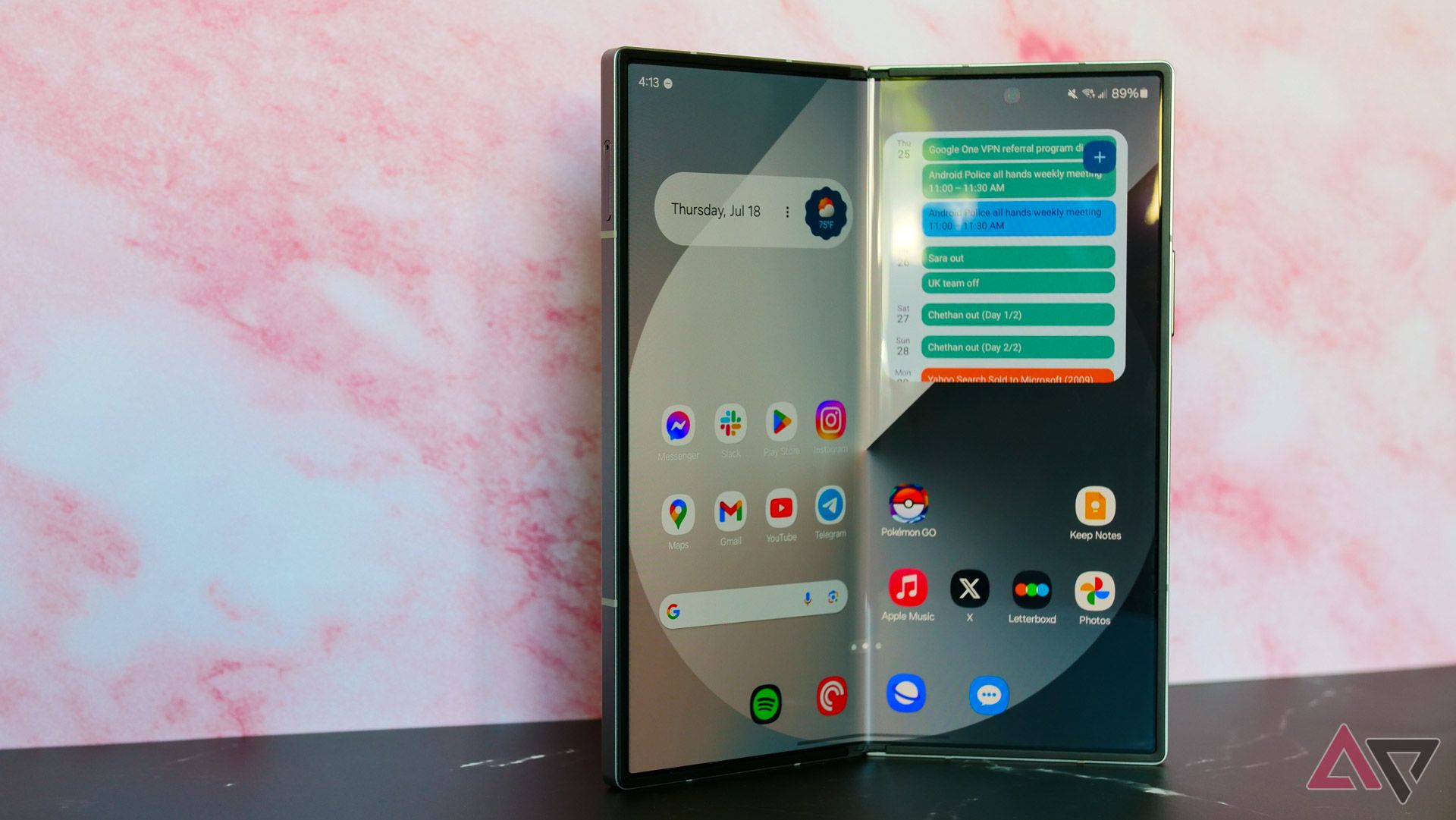
It’s been a wild five years for foldable phones. What seemed like a massive — if audacious — misfire for Samsung in 2019 has spun into an entire product category, with nearly every major Android OEM trying to woo their customers into a new form factor. Even in the US, where competition was slow to pick up, you now have plenty of options. From flip phones like the new Moto Razr+ to the upcoming Pixel 9 Pro Fold, it isn’t a one-horse race anymore.
Throughout all of this, Samsung has held its course. The Galaxy Z Fold 6 is the most refined version of its original design we’ve seen yet, but in some ways, it’s just that: another year of refinements, not revolution. While its rivals continue to experiment with all sorts of different designs and software concepts, Samsung has, for better or worse, continued to iterate on all of the ideas first seen on its original foldable. And while that means the Galaxy Z Fold 6 is a safe pick if you’re looking to upgrade, it also means Samsung’s foldables have lost the lead in a race they initially had a head start in.
Samsung Galaxy Z Fold 6
With the Galaxy Z Fold 6, Samsung has crafted its finest foldable yet, a piece of hardware that feels leagues above its predecessors. Yet, with little else new, this really feels like the same core experience the company has offered since the original Galaxy Fold, even as the competition continues to step up its game.
- Thinner, lighter chassis that finally feels like it can fit in your pocket
- Refined design looks much better than previous generations
- One UI still feels most at home on foldables
- Front display still feels needlessly cramped
- Galaxy AI has already hit “sunglasses on dogs” levels of gimmicks
- $100 more expensive, but with little to show for it
Availability and network
Available everywhere, but for $100 more
As usual, Samsung’s latest foldable is available practically anywhere smartphones are sold, including Amazon, Best Buy, and all three national carriers in the US, with a starting price of $1,900. If you’re willing to buy through Samsung’s website, you can pick from your carrier of choice and score one of the company’s two exclusive colors: White and Crafted Black. For everyone else, you’ll have to pick between Pink, Navy, and, as seen in this review, Silver Shadow. Buy it unlocked, and you can use it on practically any US network, including most MVNOs.
Design and display
An all-new shape, but is it enough?
While Samsung has left its clamshell series practically unchanged this year, the Galaxy Z Fold 6 has received another round of small design changes, all to make the phone feel a little more comfortable in everyday use. This is, by far, the company’s best foldable hardware yet — so much s, that it makes every previous Galaxy Z Fold feel like beta hardware. Yes, even last year’s Galaxy Z Fold 5.
Dropping the width to 12.1mm when folded — not including the camera bump, of course — brings it on par with other North American foldables. The problem is that those foldables were released in 2023, meaning both the Pixel Fold and the OnePlus Open are due for updates that presumably will shave away even more of that bulk. At 239 grams, it’s just light enough to be used in one hand without causing fatigue (take that, Pixel Fold), but that’s only good enough to tie with the Open for a “lightest NA foldable” award.
Still, there are some excellent quality-of-life improvements here. The swap to an all-matte finish around the phone’s frame makes everything feel more premium, as do the sharper corners and new speaker grills. Even the camera design, with its vinyl-like bezels covering the lenses, helps to make this feel like a more serious camera than in previous years, even if not much has actually changed under the glass.
Unfortunately, that camera bump causes a massive amount of wobble whenever you place the phone on a table, especially if it’s closed, which might make the new wider exterior display frustrating to use. Meanwhile, those sharp corners — as good-looking as they may be — have a bad habit of digging into the palm of your hand, especially if you’re left-handed. No beauty without pain, I suppose.
As with this year’s Galaxy S24 Ultra, I also have some minor issues with Samsung’s fit and finish. Both my SIM tray and ultra-wideband window stick out just a bit from the bottom, which isn’t an issue on my Galaxy Z Fold 5 from last year. This phone is just too expensive to have these sorts of problems — it shows a lack of polish on Samsung’s part that you don’t see from its closest rivals in the smartphone space.
Let’s talk display — because that’s easily the biggest change year over year. The panel itself is quite good, perfectly bright enough to handle a bright summer sun. The extra millimeter in width makes for a phone that does feel more comfortable in the hands, but I don’t think Samsung has gone far enough here. The phone is still narrower than, for example, Sony’s older 21:9 Xperia lineup, which faced criticism for feeling uncomfortable in everyday use from reviews like myself. This screen is much more usable than past Z Fold generations, but it pales in comparison to the external display on, say, the OnePlus Open.
As a result of the outer design tweak, the main interior screen is also nearly three millimeters wide. In some ways, I found this to be a downgrade. Typing on this screen was noticeably less comfortable than on last year’s phone; I never managed to find the right size for Gboard to feel right when typing, leaving me replying to messages on the (still cramped) outer screen. It also means that streaming movies or shows to this display is technically smaller in landscape. However, you’re unlikely to notice this unless you’re coming from an older Z Fold device. (Then again, statistically, Samsung says you are.)
It’s frustrating to see Samsung face real competition over the last twelve months, only for the company to not take any of the ideas that could’ve worked in their favor. Where’s the matte finish on the interior screen, as seen on the Open? Where’s the camera bar design to prevent the device from rocking back and forth, as seen on the Pixel Fold? Hell, where’s the S24 Ultra’s Gorilla Armor protection — designed by Corning in partnership with Samsung — for the outer screen, which would deliver an anti-glare finish to this device?
The amount of improvements seemingly saved for future generations has left me conflicted. At its core, the Galaxy Z Fold 6 is a solid enough piece of hardware, but I can’t escape the feeling that anyone upgrading this year will feel cheated by whatever Samsung has coming down the pike in 2025. And frankly, that’s a terrible future for anyone spending two grand on a smartphone to face.
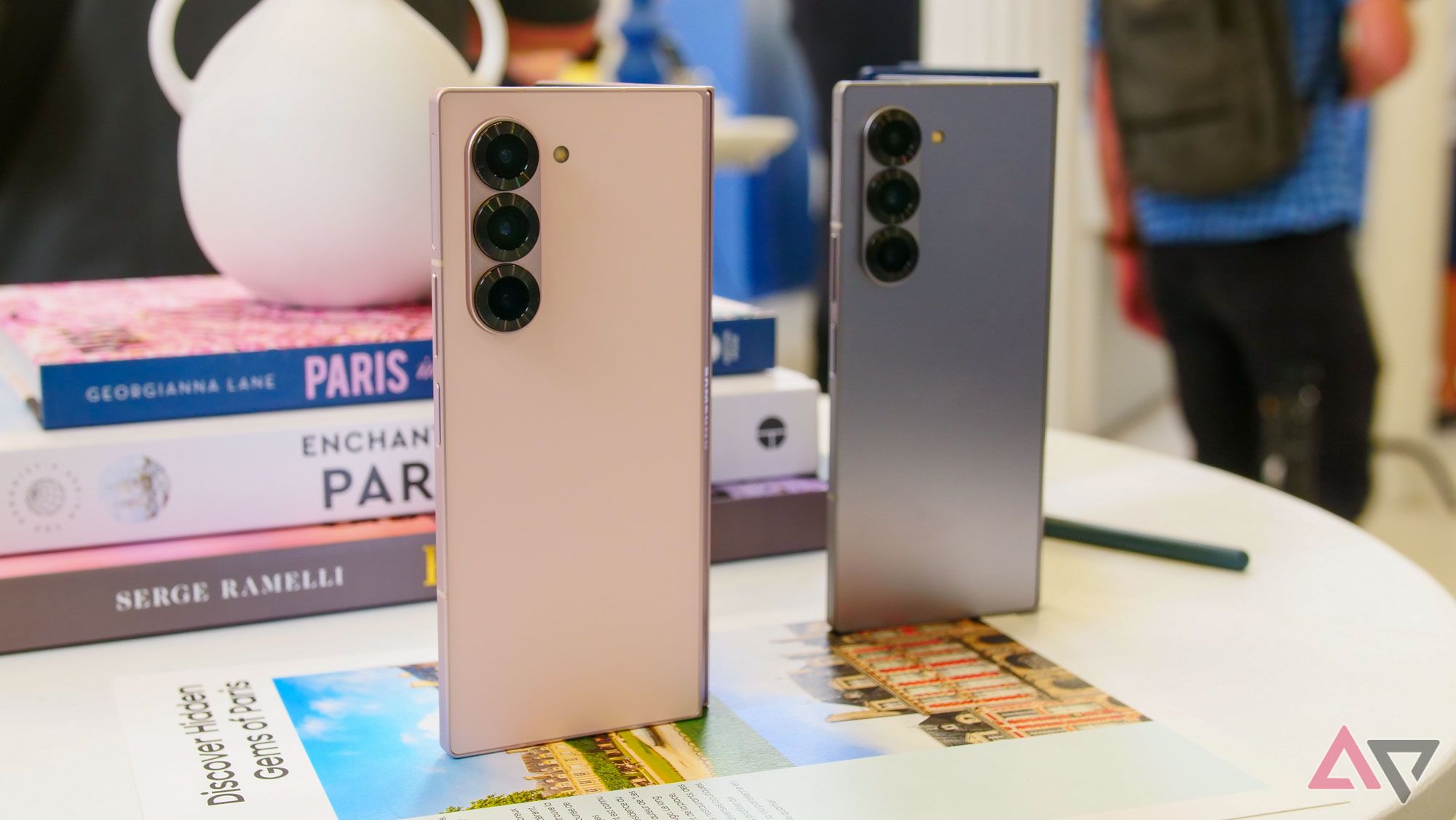
Related
Here’s how the Galaxy Z Fold 6 got me through six hours of air travel delays
Samsung’s new foldable makes for good company
Other hardware and what’s in the box
$1,900 for what, exactly?
Although it’s easy for this change to go unnoticed, I’m happy to see Samsung’s latest foldable upgraded to IP48 dust and water resistance, up from IPX8 last year. While that’s not perfectly dust-proof, it should help keep unwanted particles out of the hinge and other potential weak points on this hardware.
The Galaxy Z Fold 6’s haptics feel as good as ever, though the speakers — while perfectly adequate — sound a little quiet to me. I wish this phone was about 20 percent louder, to bring it more in line with the tiny tablet it basically is.
In the box, you’ll get the phone and, well, not much else. As with the Galaxy S24 Ultra earlier this year, I think that, for the price you’re paying here, you should get something else in the box — a charger, a free case, something. Tech giants like Samsung managed to utilize environmental concerns to remove chargers and other accessories from the box, but considering their collective obsession with AI, that excuse holds absolutely no water in 2024. I don’t think anyone should take getting this $2,000 phone without a single add-on lying down.
Software and performance
What are we doing here?
For as much time as Samsung spent talking about Galaxy AI on stage during this summer’s Unpacked, I have very little to say about its latest additions to its still-fledgling platform. Circle to Search — as much a Google feature as it is a Samsung one — remains one of the only elements I use regularly, and with this upgrade, I’m not sure that’s bound to change.
Let’s start with the good. Samsung has improved a few of its already-existing tools and continues to excel in translation services. If you’re often dabbling in multiple languages, relying on automatic translations for PDF or using the split-screen conversation mode in Interpreter should come in handy — though I’d be remiss if I didn’t mention that, during my own Interpreter demo ahead of Unpacked, I had to ask a Samsung rep what they were trying to communicate with me after a garbled response.
While these fill a certain niche, rather than applying to a broad swath of potential Fold users, they’re exactly what Samsung should be trying to develop for productivity-based gadgets like this. Instead, though, the company has decided to lean hard into AI-based creation tools, and, well, I’m not so sure about its decision here.
I’m not trying to be an AI hater, no matter how easy taking up that position is. Rather, these abilities fail to amount to much more than basic party tricks. Okay, you can draw glasses on a photo of your pet, and suddenly, your pet is wearing glasses. Is that a tool you’ll use every day? Every week? Will you remember it two months into using the Fold 6 as a daily driver? And, while we’re at it, why is this launching on Samsung’s foldable? This tool feels custom-built for the S24 Ultra and its built-in S Pen — why is it here first?
Galaxy AI’s new tools fail to amount to much more than basic party tricks.
But at least Sketch to Image qualifies as a party trick — I had some pretty good laughs trying it out during a friend’s bachelor party. Portrait Studio is the company’s other new AI creation tool, and it’s as bad as it looked during Sydney Sweeney’s Unpacked demo. It adapts a photo of someone into one of four image styles, like 3D cartoons or sketches. I have yet to see this tool accurately depict someone’s face; I can’t imagine most people trying it out more than once or twice before allowing it to fade into One UI’s ever-growing box of forgotten features.
Outside of Galaxy AI, nearly every aspect of One UI on Samsung’s foldables feels virtually unchanged from what you’d find on older hardware, particularly after an upgrade to Android 14 and One UI 6. Multitasking is still what you make of it — fill your display with a grid full of windows if you wish. That said, after using Open Canvas on last year’s OnePlus Open, it’s difficult to readjust to such a constricted view of your apps. For as large a display as the Fold 6 offers, it feels positively tiny compared to how the competition handles multi-window views.
As for performance, it’s as good as you’d expect from a Snapdragon 8 Gen 3-powered device — with some awfully big caveats. I’ve run into some bizarre bugs over my first week-plus with this phone, ranging from an out-of-place YouTube window in portrait mode to a snail-slow image picker in Telegram. No amount of cache-clearing or reinstalling apps has fixed these issues, but they exist — at the very least, I’ve spoken with other reviewers who spotted the same Telegram bug I did.
The black bar along the bottom of the video should not be there.
Still, this odd behavior aside, I continue to find very little to complain about with any phone powered by Qualcomm’s latest and greatest. As excited as I am to see Google refine its foldable experience with the upcoming Pixel 9 Pro Fold, Samsung’s reliance on Qualcomm chips over in-house Exynos SoCs keeps it firmly one step ahead in the performance department.
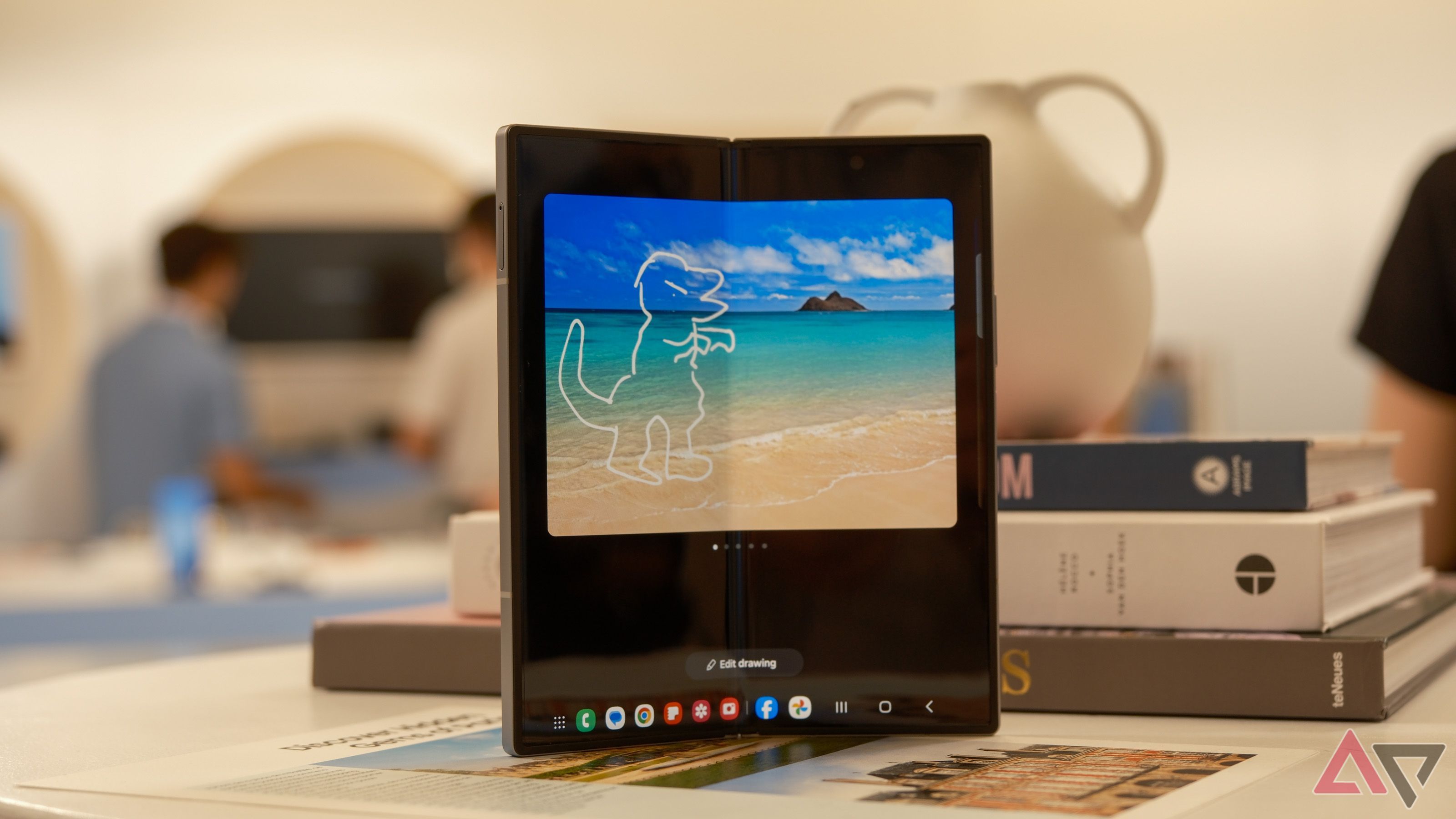
Related
10 best Galaxy AI features every Samsung owner should try
From writing assist to live call translate
Camera
New phone, same story
As is becoming increasingly common with our current crop of Android flagships, I just don’t have much to say about the cameras on the Galaxy Z Fold 6. The problem — at least on this specific device — is two-fold. First, Samsung doesn’t prioritize its camera performance on foldables; the company sees the Galaxy S-series as the place for shutterbugs to gravitate, while the Galaxy Z-series is focused on cutting-edge design and productivity tools.
Second, there have been no year-over-year improvements compared to the Galaxy Z Fold 5, a device that I thought took perfectly adequate shots. That’s true this year, too, in part because Samsung has not improved the camera. Only the ultrawide lens has been improved this year—while it might look identical on paper, its upgraded sensor performs better in low light.
I’ve taken some perfectly acceptable shots with the Galaxy Z Fold 6, and I’ve taken some shots that leave me stumped as to why they didn’t turn out better (usually thanks to focus issues or overexposure). Motion can also be an issue with this camera, although I noticed it less here than I did during my time shooting with the Galaxy S24 Ultra earlier this year. In other words, this is a pretty typical Samsung camera experience. I wouldn’t buy this phone for the camera alone, but I don’t think you’ll curse your purchase while shooting photos for your Instagram story on your next vacation.
Battery life and charging
Consistently inconsistent
Here’s another space where Samsung has seemingly changed nothing year-over-year. To the surprise of absolutely no one, I’m seeing the same inconsistent battery life that I saw in 2023. I’ve used the Galaxy Z Fold 6’s cover display much more often than the one on the Fold 5, which should’ve delivered better battery life overall. Instead, I found battery life just good enough to get through about a day’s worth of use — sometimes less if I leaned more heavily on the main internal screen.
While it’s great to see Samsung has slimmed this chassis down without swapping to a smaller battery, something has to give on this $1,900 smartphone. Next year, Z Fold fans deserve at least one of two things: a larger battery cell to last longer into the night or faster charging speeds to make topping up a whole lot less painless. Samsung’s claims of fast-charging up to 50 percent over 25W chargers just don’t cut it for me — in fact, I have yet to see that kind of performance when plugged into an outlet.
Competition
Samsung’s first this year, but will it be the best?
This time last year, we were just a few weeks out from the arrival of the first-gen Pixel Fold, while rumors surrounding the OnePlus Open were finally starting to pick up speed. This time, Samsung is first up at bat for 2024 foldables, though it won’t remain alone for long. While I was writing this review, Google finally confirmed the Pixel 9 Pro Fold’s existence ahead of an August 13th debut. If the company can improve on the massive shortcomings of its first-gen hardware — reducing its weight, improving the interior display, and continuing to improve big-screen multitasking on Android — it could serve as a massive threat for this phone.
Then there’s OnePlus. We know very little about a potential successor to my favorite foldable of last year, but the company — in my eyes — has a pretty massive head start toward dominating this space. Samsung has only just caught up to the Open’s lightweight chassis, and this phone is still nearly half a millimeter thicker than generation-old hardware. While a OnePlus Open 2 lives purely in the space of speculation, it’s difficult to imagine the company won’t leap ahead of the Galaxy Z Fold 6 once again whenever it launches.
Should you buy it?
There’s nothing necessarily wrong with the Galaxy Z Fold 6. If you prefer One UI and want to upgrade to a foldable, this phone marks a fine entry point to the space. But it’s also a device that reeks of arrogance on Samsung’s part. Sure, it’s lighter and thinner than last generation, but those are practically the only upgrades you’ll spot. Meanwhile, competition both global and stateside continues to grow, all while Samsung admits to struggling to convince non-foldable owners to, you know, buy a $1,900 smartphone.
Like the last couple of Fold generations before it, this phone feels like yet another stepping stone towards some inevitable endpoint for this hardware, with just enough changes to advertise it as new and improved. It’s far from bad, but it’s missing the same sense of innovation and excitement that pushed Samsung to release the original Galaxy Fold in the first place.
I don’t think anyone is going to have a bad time with the Galaxy Z Fold 6, and to those readers coming from a Galaxy Z Fold 3 or Z Fold 4, the improved hardware alone should be enough to leave you impressed. But considering its new, more expensive price point and the growing competition, I can’t help but feel like we’re looking at a phone that will feel dated in just a few months — if it doesn’t already. If Samsung wants people to join the foldable revolution, it’s going to need a little more than some AI party tricks to succeed. And so far, it seems unwilling to do anything more between generations than the bare minimum.
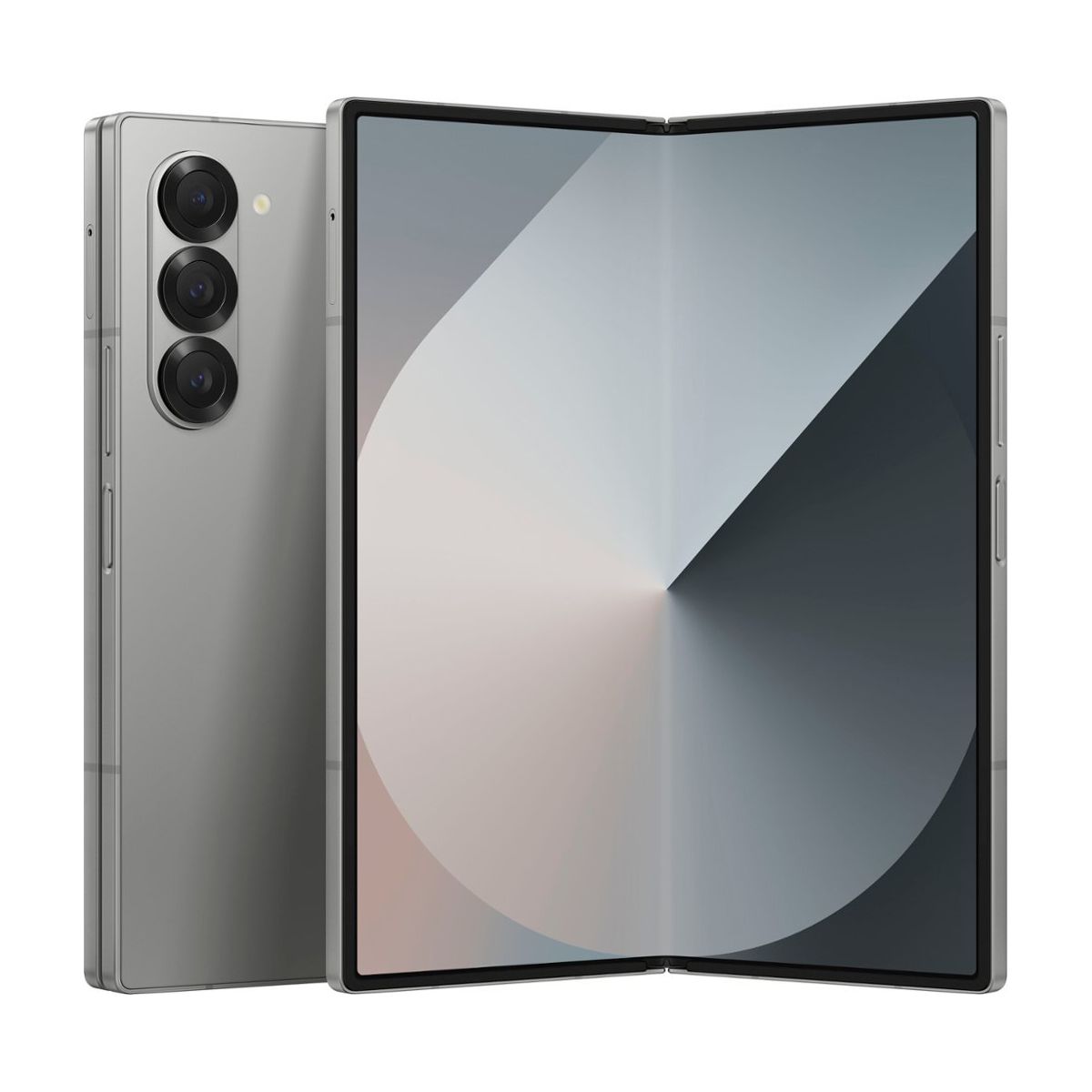
Samsung Galaxy Z Fold 6
Samsung’s latest foldable takes some cues from the Galaxy S24 Ultra, with a boxier design and an all-matte finish. It features a slightly wider cover display for a more comfortable typing experience, as well as new Galaxy AI features and an upgraded ultra-wide camera.

